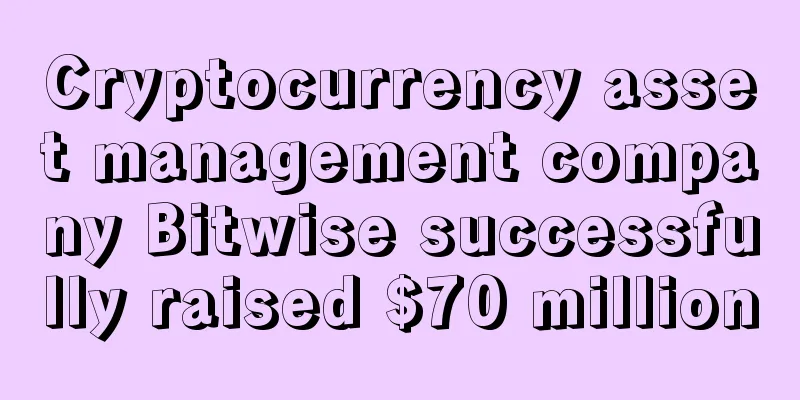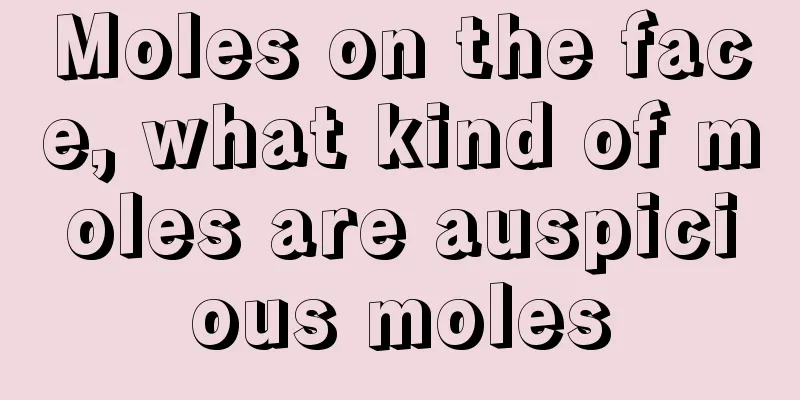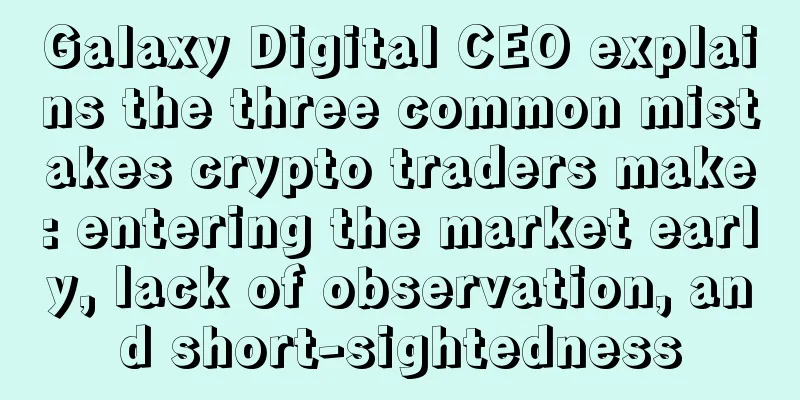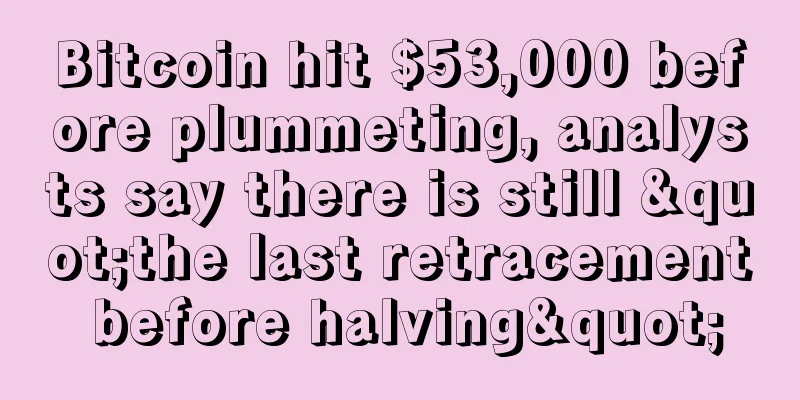What important information did the XRP brief victory judgment reveal?
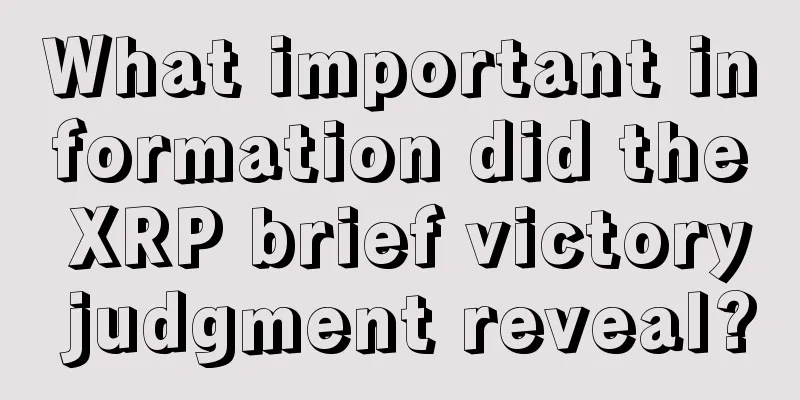
|
In December 2020, Ripple was sued by the US SEC. After three years of hard legal battles, Ripple finally won a "short-lived" victory. Tonight, a U.S. federal judge ruled that Ripple's sale of XRP tokens through exchanges and algorithmic programs did not constitute an investment contract (not a violation of securities laws), but the court also supported the SEC's motion that institutional sales of tokens did violate federal securities laws. As soon as the news came out, the price of XRP soared from 0.473 USDT to 0.64 USDT, with a maximum increase of more than 35% in 1 hour. Final Conclusion In this verdict, neither the SEC nor Ripple is a complete winner in the true sense. There is no clear conclusion on whether XRP is a security. However, the news spread quickly and was seen as a big positive for the crypto market to resist the SEC. In particular, the current crypto giants such as Coinbase and Binance have been sued by the SEC, casting a shadow on the entire crypto market. Ripple's victory is particularly exciting at this time. The crypto community shouted that a small step for XRP is a big step for crypto. Odaily Planet Daily noted that there are also some details worthy of attention in the court's judgment. First, the court supported the SEC's motion that Ripple's institutional sale of tokens constituted an unregistered offer and sale of investment contracts in violation of Section 5 of the Securities Act. The court made its ruling based on three aspects of the Howey test:
Interestingly, the court ruled that Ripple's sales of XRP tokens through exchanges and programs did not constitute investment contracts because programmatic sales did not meet the third point of the Howey test, which is a reasonable expectation of profit. The court held that institutional buyers reasonably expected that Ripple would use the funds it received from the sales to improve the XRP ecosystem, thereby increasing the price of XRP. However, programmatic buyers could not reasonably expect the same result. "Ripple's programmatic sales are blind buy-sell transactions, and programmatic buyers do not know whether their money is going to XRP or any other seller of XRP. Since 2017, Ripple's programmatic sales have accounted for less than 1% of global XRP trading volume. Therefore, the vast majority of individuals who purchase XRP from digital asset exchanges have no investment in XRP at all. Institutional buyers purchase XRP directly from Ripple under a contract, but the economic reality is that programmatic buyers, like buyers in the secondary market (i.e., exchanges), do not know to whom their money is going." (Contents about program sales) Ultimately, the court ruled that Ripple's programmatic sales of XRP did not constitute an investment contract and did not violate securities laws. In addition, the court also ruled that the use of XRP for investments in others, bounties, grants, and transfers to executives did not constitute investment contracts and did not violate securities laws. As the epitome of the maritime law system, the United States has also provided precedents for other subsequent cryptocurrency projects in this XRP case. In particular, selling tokens through programs does not violate the securities law, which directly proves that exchanges opening token transactions do not violate the securities law. However, it is best not to sell tokens through ICO/IEO, etc., because this may be deemed to meet the conditions for institutional sales. |
<<: Regulatory pressure slows capital inflows, Ethereum staking rate approaches key milestone
>>: Bitcoin is “stable” at $30,000. Is the bull market signal coming?
Recommend
Palm lines that indicate a person who only flirts with women and behaves improperly
Can you tell whether a person is fickle or not fr...
Facial features of people who are good at getting along with others
Some people are born to be sociable and they know...
Mole position and destiny - what does a mole on the shoulder blade mean
People with moles on shoulder blades generally ha...
People with this look don't like to celebrate festivals.
Although many people appear to be very happy duri...
Which type of woman is most likely to be deceived emotionally?
Girls are always the more infatuated ones in rela...
Physiognomy tells you how to have good luck through plastic surgery!
Everyone loves beauty, and the plastic surgery in...
What kind of face has low fortune?
Men's face reading: What kind of face means b...
How can a person with a broken palm have a good marriage?
People with the element of gold foil have a good ...
A face that encourages oneself when encountering difficulties
If people want to overcome difficulties, they mus...
Be careful that excessive weight loss will reduce your good luck
If there is one industry that is very prosperous ...
Moles that indicate a woman is rich and powerful
Moles that indicate a woman is rich and powerful ...
What are the facial features of a man who can’t make money?
A person's facial features are often related t...
Are women with round noses considerate to their husbands? Do they have gentle personalities?
The nose represents our fortune. Generally speaki...
Moles on the nose and destiny
Moles on the nose and destiny 1. The bridge of th...
How to tell fortune by looking at the mouth
The mouth is one of the five facial features in o...




